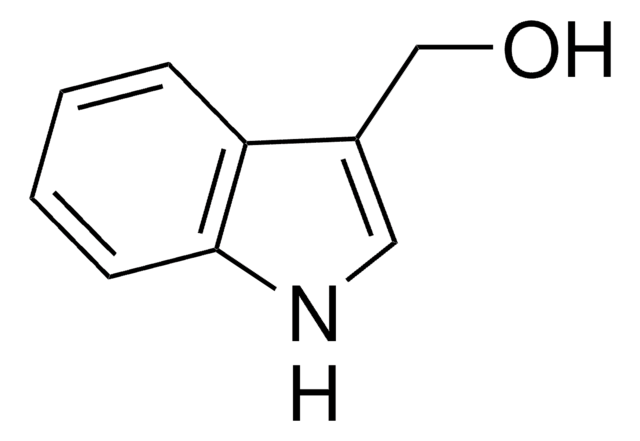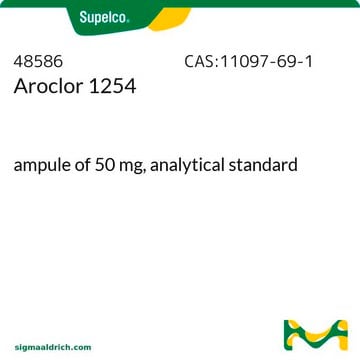This product has not been tested for solubility or suitability in cell culture. The solubility is tested in Chloroform at 50 mg/ml. However, various sources report that this compound is also slightly soluble in DMSO and Ethanol. This information has not been validated. The end-user would have to determine suitability for cell culture applications.
N3633
β-Naphthoflavone
≥98%
Synonym(s):
beta-Naphthoflavone, 5,6-Benzoflavone, BNF
Select a Size
About This Item
Recommended Products
assay
≥98%
color
off-white to yellow
mp
164-166 °C (lit.)
storage temp.
2-8°C
SMILES string
O=C1C=C(Oc2ccc3ccccc3c12)c4ccccc4
InChI
1S/C19H12O2/c20-16-12-18(14-7-2-1-3-8-14)21-17-11-10-13-6-4-5-9-15(13)19(16)17/h1-12H
InChI key
OUGIDAPQYNCXRA-UHFFFAOYSA-N
Gene Information
rat ... Gabra2(29706)
Looking for similar products? Visit Product Comparison Guide
General description
Application
- as aryl hydrocarbon receptor agonist to elucidate its effect on Cyp1A1 expression in embryos of transgenic cytochrome P450 1A1 (cyp1a) reporter zebrafish[2]
- as AhR agonists, to treat primary normal human epidermal keratinocytes (NHEKs) to study about aryl hydrocarbon receptor (AhR) activation by western blot analysis[3]
- to determine its effect on the expression of dystrophin (Dp)71[1]
- to stimulate the expression of causes recombination (Cre) recombinase and to delete the flanking alleles of locus of crossing (x) over, P1 (loxP) sequences[4]
Biochem/physiol Actions
Storage Class
11 - Combustible Solids
wgk_germany
WGK 3
flash_point_f
Not applicable
flash_point_c
Not applicable
ppe
dust mask type N95 (US), Eyeshields, Faceshields, Gloves
Choose from one of the most recent versions:
Certificates of Analysis (COA)
Don't see the Right Version?
If you require a particular version, you can look up a specific certificate by the Lot or Batch number.
Already Own This Product?
Find documentation for the products that you have recently purchased in the Document Library.
Customers Also Viewed
Articles
Antioxidants protect biological systems from oxidative damage produced by oxygen-containing free radicals and from redoxactive transition metal ions such as iron, copper, and cadmium.
-
How can I reconstitute the reagent β-Naphthoflavone (Ref# N3633-1G) for cell culture? Is it soluble in ethanol or DMSO?
1 answer-
Helpful?
-
Active Filters
Our team of scientists has experience in all areas of research including Life Science, Material Science, Chemical Synthesis, Chromatography, Analytical and many others.
Contact Technical Service


![Benzo[a]pyrene ≥96% (HPLC)](/deepweb/assets/sigmaaldrich/product/structures/253/820/be96d879-1811-46c0-8f11-612019691c2d/640/be96d879-1811-46c0-8f11-612019691c2d.png)











